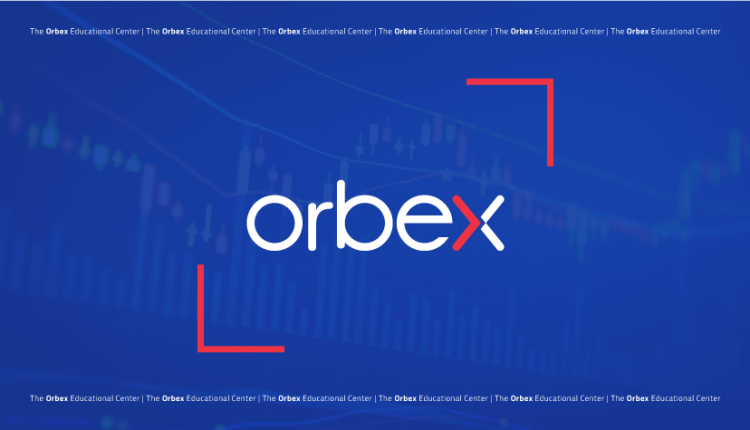Which Moving Average Is Best For Swing Trading?

You’ve probably come across the answer to this question in some online FX trading blog or other. Locking down profits in swing Forex trading involves the 50 SMA. Or perhaps some crossover system between two MAs, usually the 200 and 50 SMAs, or the 50 and 21 SMAs; data set dependent.
Although the above combinations make for a valuable tool, holding on to gains in practice may prove harder than anticipated. And that is because Forex trading, in general, is all about the market conditions one trades in and how one looks at the market.
Join our responsible trading community - Open your Orbex account now!
Selecting An MA Period Is Not That Simple
Trading with the moving average is not as simple as many will tell you. This is especially true when using only one indicator to make trading decisions. It can be tricky, as the Forex markets constantly evolve due to their dynamic nature. So, selecting the period of an MA is not as easy as just choosing a fixed period because everyone else does.
However, and following this as a rule of thumb, one could use the 50 or a shorter-term moving average to ride a trend, or even identify the beginning of a new trend. That’s the easy answer of course.
What do you do, though, when the market is ranging? A trend indicator is no longer good and markets also indicate that you should look for other Forex indicators that can provide more insightful trading signals (not described here).
This question brings some deeper concern. What should you do before a decision to take a trade?
Well, based on any moving average system, a serious FX trader or aspiring swing trader should always consider the following:
- Type of the current market (breaking, trending or ranging)
- Timeframe used to trade the FX strategy
- Volatility levels of the particular Forex currency pair
What Does an MA Swing Trading System Depend On?
Now particularly in swing trading, the shorter timeframes don’t work well because swing trading sits between day and trend Forex trading. So, let’s leave anything below 9 out for now.
But that would also depend on the timeframe one looks at, of course. The shorter, the worse.
For that reason, it is recommended that FX traders who do trade, or want to test out trading any moving average-based swing system, do so under the following market conditions:
- A trending market or following a breakout (more aggressive) towards the trend direction
- 1H timeframe as it represents day trading, where all experience happens
- Volatility biased towards the trend direction (can use Bollinger Bands and monitor their slope)
- The precedent of at least one pullback with rejection at a previous strong level (optional: for conservative FX traders)
It can look tedious having to introduce some extra rules (or indicators) that add complexity to a simple SMA trading system for swing trading. However, the reality is that those rules are going to save you from many bad trades.
In addition, any forex trading system should really be based on rigorous backtesting, not just paper trading.
That’s why I took the liberty to use my MT4 platform and build a rigid SMA trading system for swing trading.
A Moving Average System For Swing Trading
After backtesting a total of 21 trading strategies based on a crossover between an SMA and the current price (at the hourly candle close), I confirmed that swing trading with a moving average turned positive results only in trending markets.
The results indicated a huge number of losing trades when on a rangebound market and that was owed to the entry and exit methods. A buy signal was generated when the selected SMA crossed below the current price of EURUSD, a sell signal when the opposite occurred and a stop loss set at 20 pips -fixed. That can be easily changed to 15 or 30 (or a more advanced money management system.) But, in EURUSD, 20 pips made a relatively good value to compare trading strategies.
Now, only after some optimization of the SMA did I see a relatively good amount of profitable trades. The optimized MA period is the period of 22. That period provided a winning ratio of 58% on EURUSD. This is also the best ratio on the tested timeframe of 1 hour over a period of 5 years.
Assuming your swing trading system has a positive risk to reward ratio, you are looking at some very good net figures here. My backtests showed approximately 10% return per year using just one indicator and price itself to build a moving average swing trading system.
On this 1-hour EURUSD chart, we can notice two losing trades that cost us 40 pips, 1 winning swing trade that gained 139 pips!
I am confident that some added complexity would turn more gains. But that will follow on a different post after I optimize all entries and calibrate the trading system with an additional indicator!
[optin-monster-shortcode id=”br9d5szjejc7bancki3f”]




